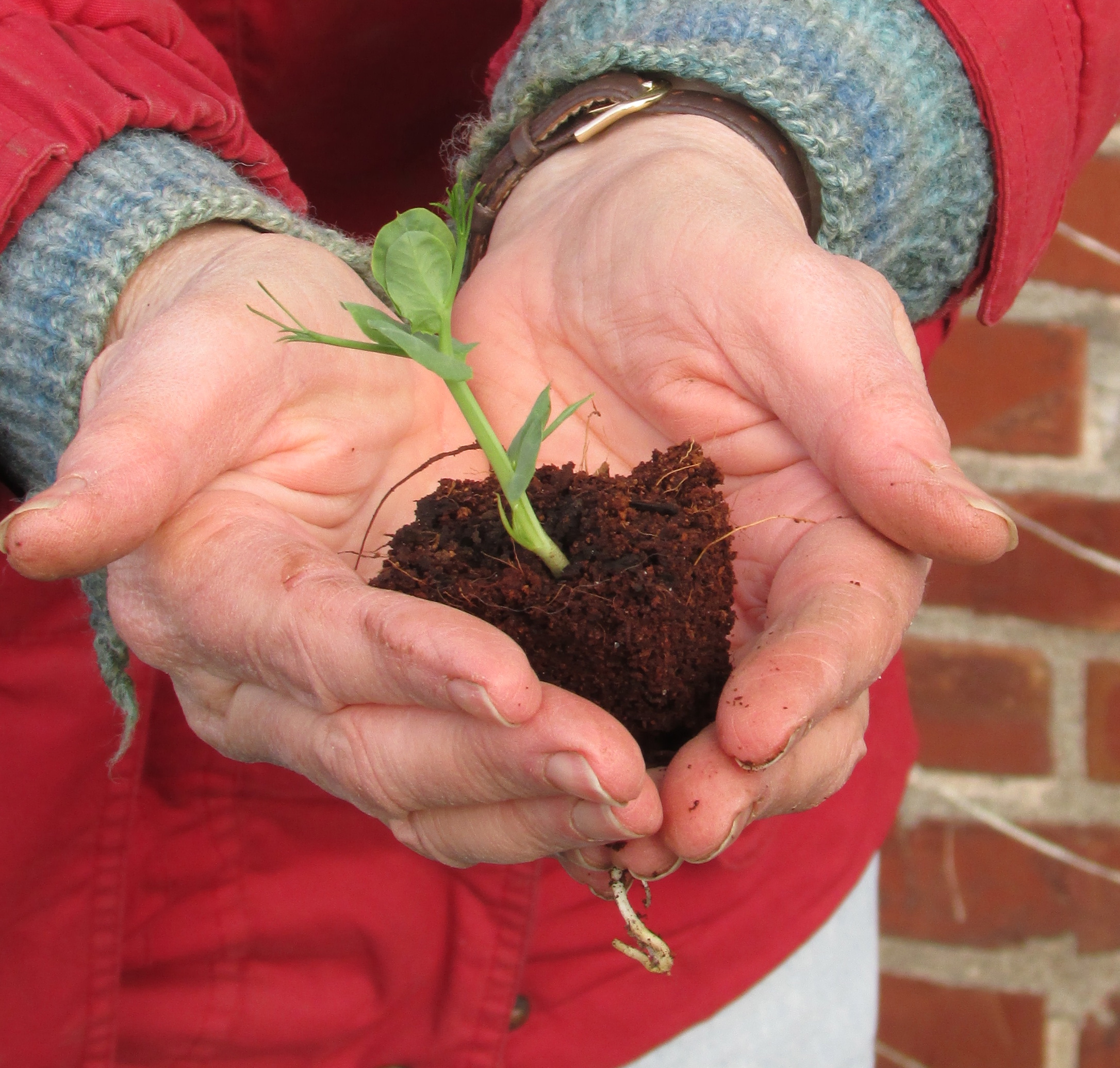Today’s post in the series Return to Our Senses in Lent is written by James Prescott. James is a writer and author from Sutton, near London, UK. He blogs regularly on his own blog JamesPrescott.co.uk. He recently released his first e-book, ‘5 Steps to Encouragement: A Manifesto for Changing the World’ which can be obtained free here.
We are now into March. Overnight, it seems, the sun has come out. It shines anew, providing fresh warmth and life to the world. Where only weeks ago, the world seemed lifeless and gone, suddenly there are leaves on trees. Fresh, green, and full of life and potential.
Spring has arrived. Even in my physical body, I find myself getting slightly ill due to the changing of the climate.
We are all transitioning.
There are approximately three months between Christmas and Easter in the liturgical calendar. Three months between birth and death, and resurrection.
Three months. The same number of days Jesus was in the tomb.
And the rest of the year is nine months. The amount of time between the conception and birth of a baby.
Is this simply a coincidence? No.
For nine months there is expectation. Preparation. Living our lives in what is called ‘ordinary time’. And in this period we go from spring, the beginning of new life, to autumn and winter, the end of all life. And it is just as we hit the pinnacle of this, the shortest day, we find a new beginning.
Christmas. The coming of our Saviour. He brings new life, new beginning, new purpose and hope. For three months we focus on the life of Jesus, from beginning to painful end, and resurrection. And by the time of resurrection, new life has come all around us again.
Three months from the centre of nature’s death, to the beginning of new life. Like three days from Calvary to open tomb.
It’s strange to say it, but there is so much of calvary in Christmas. And not just in the myrrh which anoints a dead body, but in the world. There is death. More darkness. Coldness in the air (certainly in the UK winter, anyhow).
But then Jesus comes in. And within three months, life is here again in all its fullness, right about the time we celebrate resurrection.
So much of what we see in nature reflects the story of God. Even the time periods of three months and nine months have a meaning beyond the surface.
There is a cycle of birth, life, and death. And then rebirth.
And the time in between.
40 days – the traditional length of Lent, the time Jesus was in the desert, is statistically the amount of time it takes a human being to learn a new habit. If someone adopts a new habit and practices it each day for 40 days, then it will become habit.
Is it a coincidence Jesus was in the desert 40 days? Or that Lent is 40 days?
No. Because in Lent God wants us to adopt new habits. To re-orientate our lives around Him.
His story. His timetable. His plan.
And as we look at this theme of finding God in nature, let us make it a habit to look for God in every part of creation. The sunlight, the lengths of the days, the timings of the seasons.
Let us look to the rhythm of creation and find in its midst a model for God’s rhythm for us.
Light and darkness. Death and rebirth. Adopting new rhythms.
The rhythm of creation is the rhythm of God. It is the rhythm He wants us to adopt, to live our lives by. Much more than any religious or legalistic calendar we can devise. Let us open our eyes and see God right in our midst, in the rhythms of creation itself.
And we may find an intimacy and experience with God we have never seen before.


